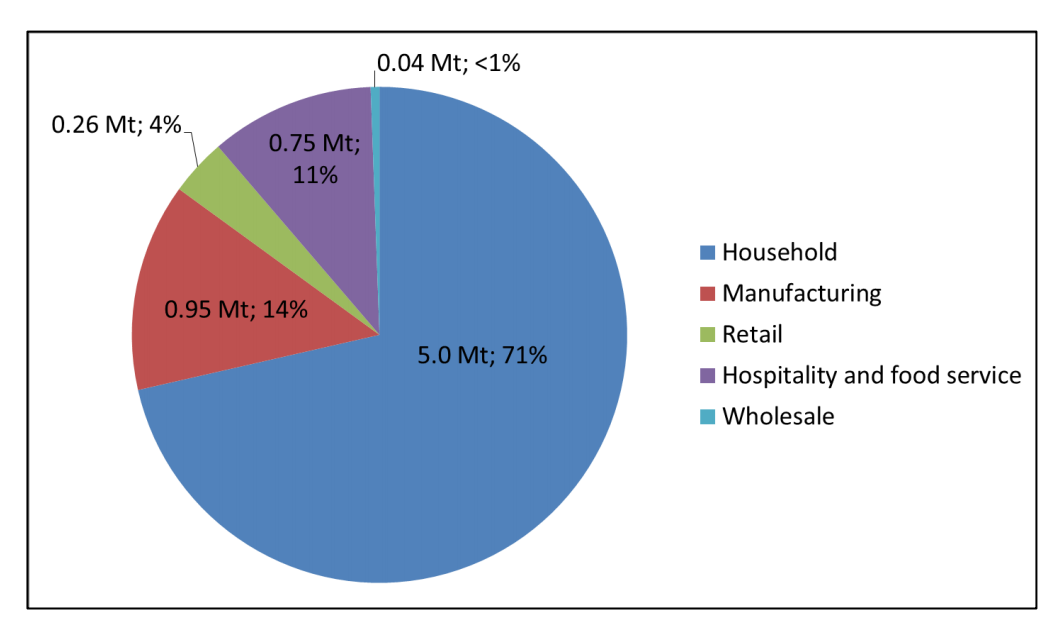The Waste Problem
Waste management is an integral part of environmental and social (E&S) responsibility and effective waste management remains a consistent and key component of a company’s E&S mandate. Implementing sustainable waste management solutions continues to present a challenge across emerging markets. For instance, due to the scarcity of recycling facilities and limited capacity to handle hazardous wastes in many countries.
CDC’s Waste Guidance Note, which is aimed at fund managers in emerging markets, sets out the context of waste management, outlining current practices and trends and highlighting some of the common constraints that companies experience. The note identifies opportunities to drive improved waste management practices and shares case studies of where these have been implemented in practice.
In recent years, there has been a significant increase in the generation of solid waste, with serious economic, public health and environmental impacts. Various factors have led to this increase, including:
Urbanisation
Emerging waste streams (such as e-waste and plastic)
Weak regulation and enforcement of waste regulations
Increased disposable income
Waste in emerging markets
Existing research suggests that the rapid surge in waste volumes is straining waste-management systems in many developing countries, with negative effects on economies, public health and ecosystems.
Globally, 1.3 billion tonnes of municipal waste are generated annually, and waste generation is expected to increase to 2.2 billion tonnes by 2025. The World Bank estimates that the volume of waste generated will double in the next 20 years in low and lower-middle income countries. The challenges of implementing sustainable waste management practices are significant, particularly as the collection, transportation, treatment and disposal of waste can be costly in financial terms. In addition, a significant percentage of countries in Africa and South Asia do not have the infrastructure or resources to appropriately manage waste, which coupled with the absence or weak enforcement of existing legislative frameworks, makes the challenge more acute.
The focus on improved waste management is also increasing due to the explicit reference to waste management as a key way to reduce the environmental impact of cities in the Sustainable Development Goals (target 11.6), and a significant shift in legislation across several countries; with requirements becoming more and more stringent (in Kenya, Rwanda and India for example).
Waste in the UK
WRAP estimated annual food1 waste arisings within UK households, hospitality and food service, food manufacture, retail and wholesale sectors in 2015 at around 10 million tonnes , 70% of which was intended to be consumed by people (30% being the ‘inedible parts’). This had a value of over £20 billion a year, and would be associated with more than 25 million tonnes of greenhouse gas (GHG) emissions. Around 85% (by weight) of this wasted food arises in households and food manufacture, although waste arising in one part of the supply chain is certainly influenced by other parts of the chain.
Figure 1 shows the breakdown of total food waste arising in the UK. In comparison, around 41 million tonnes of food are purchased in the UK (the majority for in home use), meaning that the amount of food wasted post-farm-gate in the UK is equivalent to around a quarter of that purchased5 .
By weight, household food waste makes up around 70% (69%) of the UK post-farm-gate total, manufacturing 18%, hospitality and food service 10% and retail 2%.
Figure 2 shows the breakdown of food wasted, excluding the 3 Mt of ‘inedible parts’, in the UK.
In addition to food ending up as waste, around 700,000 tonnes of food surplus from manufacturing, retail and hospitality and food service is either being redistributed via charitable and commercial routes (43,000 tonnes in 20176 ) or being diverted to produce animal feed (around 660,000 tonnes in 20157 ). Both of these are classed as waste prevention according to food material hierarchy (Figure 3).
There are also 2.2 million tonnes of food by-products from food manufacturing used as animal feed, and up to another 2 million tonnes of animal by-products sent to rendering plants.
http://www.wrap.org.uk/sites/files/wrap/food-waste-measurement-guidelines_0.pdf
http://www.wrap.org.uk/content/courtauld-2025-baseline-and-restated-household-food-waste-figures
http://www.wrap.org.uk/content/uk-food-redistribution-increase
Further Resources
McKinsey & Company – Managing waste in emerging markets
World Bank – What a Waste 2.0: A global snapshot of solid waste management to 2050
International Telecommunication Union – Global e-waste monitor 2017




